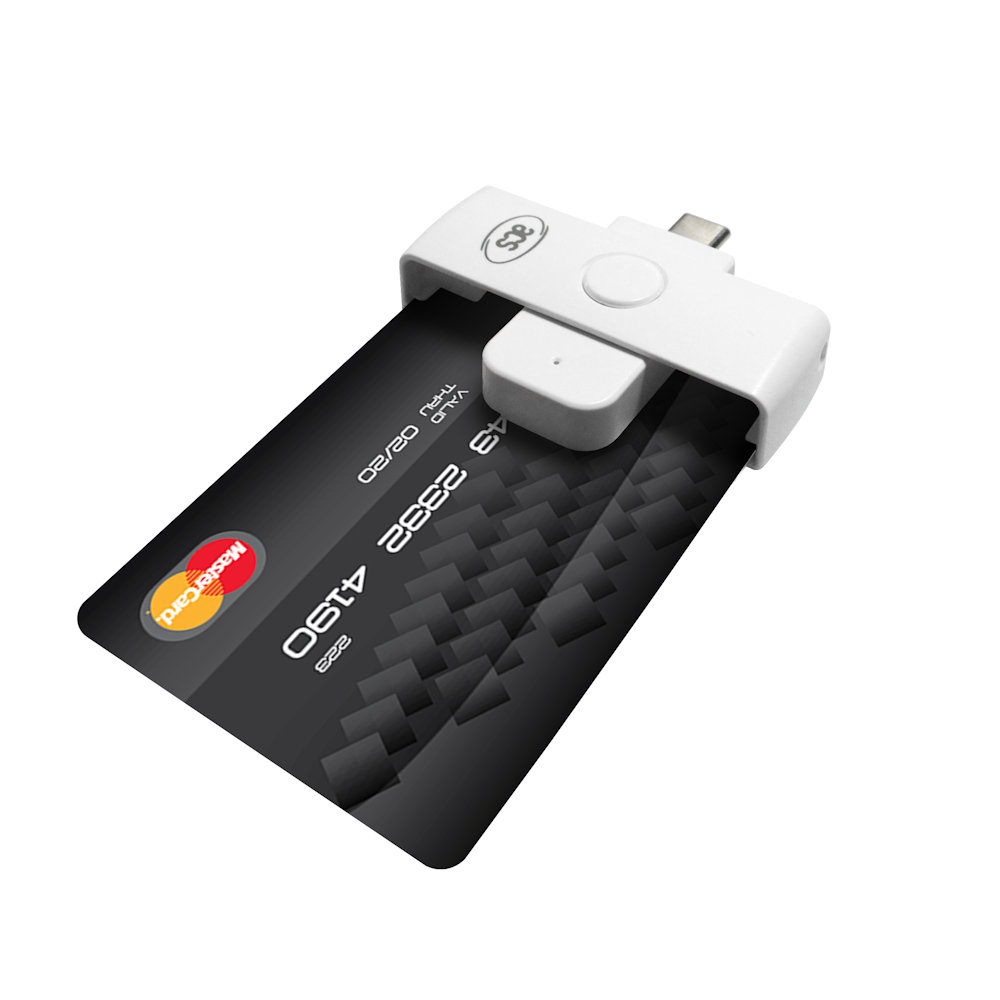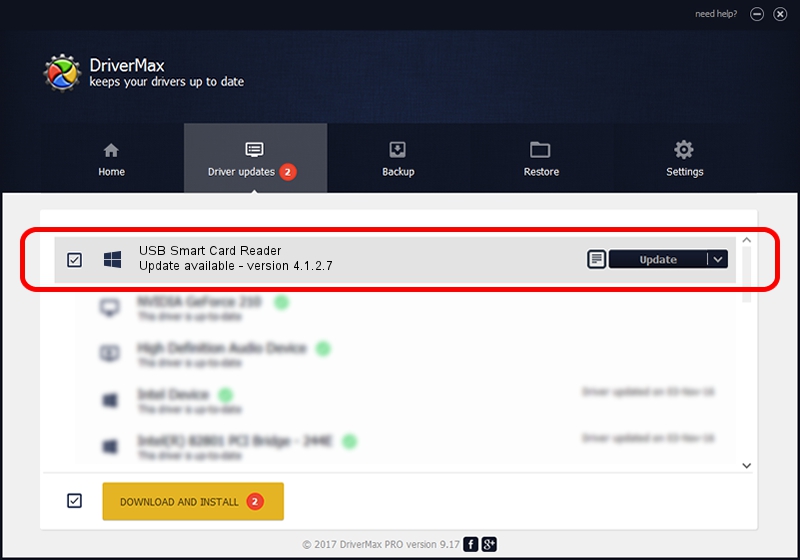【For Mac OS】RT516X Smart Card Reader Driver for All Models Build-in SD Card Slot. Multifunctional Smart Card Reader Driver for all models which base on the Realtek RT5169 IC Solution, this series card reader build-in SD Card slots. Check your Smart Card Reader Slot before downloading the Driver, make sure download the correct version driver. Wireless Embedded Solutions and RF Components Storage Adapters, Controllers, and ICs Fibre Channel Networking Symantec Cyber Security Mainframe Software Enterprise Software Broadband: CPE-Gateway, Infrastructure, and Set-top Box Embedded and Networking Processors Ethernet Connectivity, Switching, and PHYs PCIe Switches and Bridges Fiber Optic Modules and Components LEDs and Displays Motion.
I’ll just show this OS X window which is the system prompt you get when your certificate is being used and the host OS wants to verify your PIN code as part of the two-factor authentication process. If you see this, this is your PIN entry prompt and it means that stuff is generally working: Remember that this is where your PIN goes, ignore the system text about “keychain password” Minor Issue Using the steps outlined above I can successfully authenticate to the remote access environment I need to use on a daily basis. However, on my older laptop my PIV card credentials were transparently passed onto the Windows OS as well and I was not prompted for a second login. That is not the case now. After getting past the VPN, the remote desktop session can’t see my PIV certificate and I have to fallback to using standard AD username and password. Not optimal but it works for my purposes.
Kind regards, Brian Note: You can find background and logic on this method in the Workaround section of this. Hi Dave, When a Mac detects a smartcard, it will be listed in Keychain Access as an additional keychain: The prefix on the keychain entry will tell you what kind of card it has been detected as (PIV, CAC, CACNG, etc).
Patronics Smart Card Reader Driver
If the yellow light blinks on the CAC reader, then the computer has added the smart card as a device and the card will work properly FIRMWARE UPDATE for SCR-331 Reader (Requires a physical Windows computer, Mac using Bootcamp, or TENS / LPS (see next sentence below). ACR38 Smart Card Reader is a USB full speed device, which is the interface for the communication between a computer and a smart card. ACR38 is a low cost, yet reliable and effective smart card to. If your smart card reader is listed, go to the next step of installing the DoD certificates. Windows 7 & 8/8.1: Right click Computer, select Properties, Device Manager link (upper left corner of the screen), scroll down to Smart card readers, select the little triangle next to it to open it up. Excel 2011 mac won't print gridlines for my graphs. ACR38U-N1 PocketMate is a smart card reader that has more to it than meets the eye. No larger than a standard USB token, it transforms into a smart card reader for full-sized contact smart cards with just a single swivel motion.
Patrionics Smart Card Reader
Does not read your 'Gemalto TOP DL GX4 144', 'Oberthur ID One 128 v5.5 Dual' CAC. Does not read your CAC when using your Mac F. Trying to use the instead of ActivClient. NO TE: We are hearing Mac users having problems with the SCR-331 reader. A recommendation is to get a. Installation Instructions: 1. Unzip the downloaded file (by Right-clicking and selecting Extract All) 3.
Patrionics Acr39u I1 Software Install
Mac program for duplicate photos. • INFO ➨ • MOS Specific • • • • • • • • Duty Stations • • • • • • • • • • • • • • • • • • • • • • • • • • Specialty Schools • • • • • • Help and Support • • • • • Related Subs • • • • • • • • • • • • • • • • • • • • Welcome to This subreddit is geared toward the United States Army, but all are welcome to join regardless of military service. Weekly Question Thread (N00b thread) Ask A Recruiter Wednesday Advice Thread Drive Project Duty Station Thread Series Discord Channel This subreddit has a wiki page containing information and links to answered questions. Or on 'wiki' in the top tab menu.
Intel based Macs can update the firmware using (instructions on (document page 34)) NOTE: DO NOT use this update on a V2 reader. There is no firmware update for a V2 reader because it is already updated.
This article is intended for system administrators who set security policy in enterprise environments that require smart card authentication.
Enable smart card-only login
Make sure that you carefully follow these steps to ensure that users will be able to log in to the computer.
- Pair a smart card to an admin user account or configure Attribute Matching.
- If you’ve enabled strict certificate checks, install any root certificates or intermediates that are required.
- Confirm that you can log in to an administrator account using a smart card.
- Install a smart-card configuration profile that includes '<key>enforceSmartCard</key><true/>,' as shown in the smart card-only configuration profile below.
- Confirm that you can still log in using a smart card.
For more information about smart card payload settings, see the Apple Configuration Profile Reference.
For more information about using smart card services, see the macOS Deployment Guide or open Terminal and enter man SmartCardServices.

Disable smart card-only authentication
If you manually manage the profiles that are installed on the computer, you can remove the smart card-only profile in two ways. You can use the Profiles pane of System Preferences, or you can use the /usr/bin/profiles command-line tool. For more information, open Terminal and enter man profiles.
If your client computers are enrolled in Mobile Device Management (MDM), you can restore password-based authentication. To do this, remove the smart card configuration profile that enables the smart card-only restriction from the client computers.
To prevent users from being locked out of their account, remove the enforceSmartCard profile before you unpair a smart card or disable attribute matching. If a user is locked out of their account, remove the configuration profile to fix the issue.

If you apply the smart card-only policy before you enable smart card-only authentication, a user can get locked out of their computer. To fix this issue, remove the smart card-only policy:
- Turn on your Mac, then immediately press and hold Command-R to start up from macOS Recovery. Release the keys when you see the Apple logo, a spinning globe, or a prompt for a firmware password.
- Select Disk Utility from the Utilities window, then click Continue.
- From the Disk Utility sidebar, select the volume that you're using, then choose File > Mount from the menu bar. (If the volume is already mounted, this option is dimmed.) Then enter your administrator password when prompted.
- Quit Disk Utility.
- Choose Terminal from the Utilities menu in the menu bar.
- Delete the Configuration Profile Repository. To do this, open Terminal and enter the following commands.
In these commands, replace <volumename> with the name of the macOS volume where the profile settings were installed.rm /Volumes/<volumename>/var/db/ConfigurationProfiles/MDM_ComputerPrefs.plistrm /Volumes/<volumename>/var/db/ConfigurationProfiles/.profilesAreInstalledrm /Volumes/<volumename>/var/db/ConfigurationProfiles/Settings/.profilesAreInstalledrm /Volumes/<volumename>/var/db/ConfigurationProfiles/Store/ConfigProfiles.binaryrm /Volumes/<volumename>/var/db/ConfigurationProfiles/Setup/.profileSetupDone - When done, choose Apple () menu > Restart.
- Reinstall all the configuration profiles that existed before you enabled smart card-only authentication.
Configure Secure Shell Daemon (SSHD) to support smart card-only authentication
Users can use their smart card to authenticate over SSH to the local computer or to remote computers that are correctly configured. Follow these steps to configure SSHD on a computer so that it supports smart card authentication.
Update the /etc/ssh/sshd_config file:
- Use the following command to back up the sshd_config file:
sudo cp /etc/ssh/sshd_config /etc/ssh/sshd_config_backup_`date '+%Y-%m-%d_%H:%M'` - In the sshd_config file, change '#ChallengeResponseAuthentication yes' to 'ChallengeResponseAuthentication no' and change '#PasswordAuthentication yes' to '#PasswordAuthentication no.'
Then, use the following commands to restart SSHD:
sudo launchctl stop com.openssh.sshd
sudo launchctl start com.openssh.sshd
If a user wants to authenticate SSH sessions using a smart card, have them follow these steps:
- Use the following command to export the public key from their smart card:
ssh-keygen -D /usr/lib/ssh-keychain.dylib - Add the public key from the previous step to the ~/.ssh/authorized_keys file on the target computer.
- Use the following command to back up the ssh_config file:
sudo cp /etc/ssh/ssh_config /etc/ssh/ssh_config_backup_`date '+%Y-%m-%d_%H:%M'` - In the/etc/ssh/ssh_config file, add the line 'PKCS11Provider=/usr/lib/ssh-keychain.dylib.'
If the user wants to, they can also use the following command to add the private key to their ssh-agent:

ssh-add -s /usr/lib/ssh-keychain.dylib
Enable smart card-only for the SUDO command
Use the following command to back up the /etc/pam.d/sudo file:
sudo cp /etc/pam.d/sudo /etc/pam.d/sudo_backup_`date '+%Y-%m-%d_%H:%M'`

Then, replace all of the contents of the /etc/pam.d/sudo file with the following text:
Enable smart card-only for the LOGIN command
Use the following command to back up the /etc/pam.d/login file:
sudo cp /etc/pam.d/login /etc/pam.d/login_backup_`date '+%Y-%m-%d_%H:%M'`
Then, replace all of the contents of the/etc/pam.d/login file with the following text:
Enable smart card-only for the SU command
Smart Card Driver Virtual Machine
Use the following command to back up the /etc/pam.d/su file:
sudo cp /etc/pam.d/su /etc/pam.d/su_backup_`date '+%Y-%m-%d_%H:%M'`
Then, replace all of the contents of the/etc/pam.d/su file with the following text:
Smart Card Driver Software
Sample smart card-only configuration profile
Hp Drivers For Mac
Here’s a sample smart card-only configuration profile. You can use it to see the kinds of keys and strings that this type of profile includes.
Comments are closed.